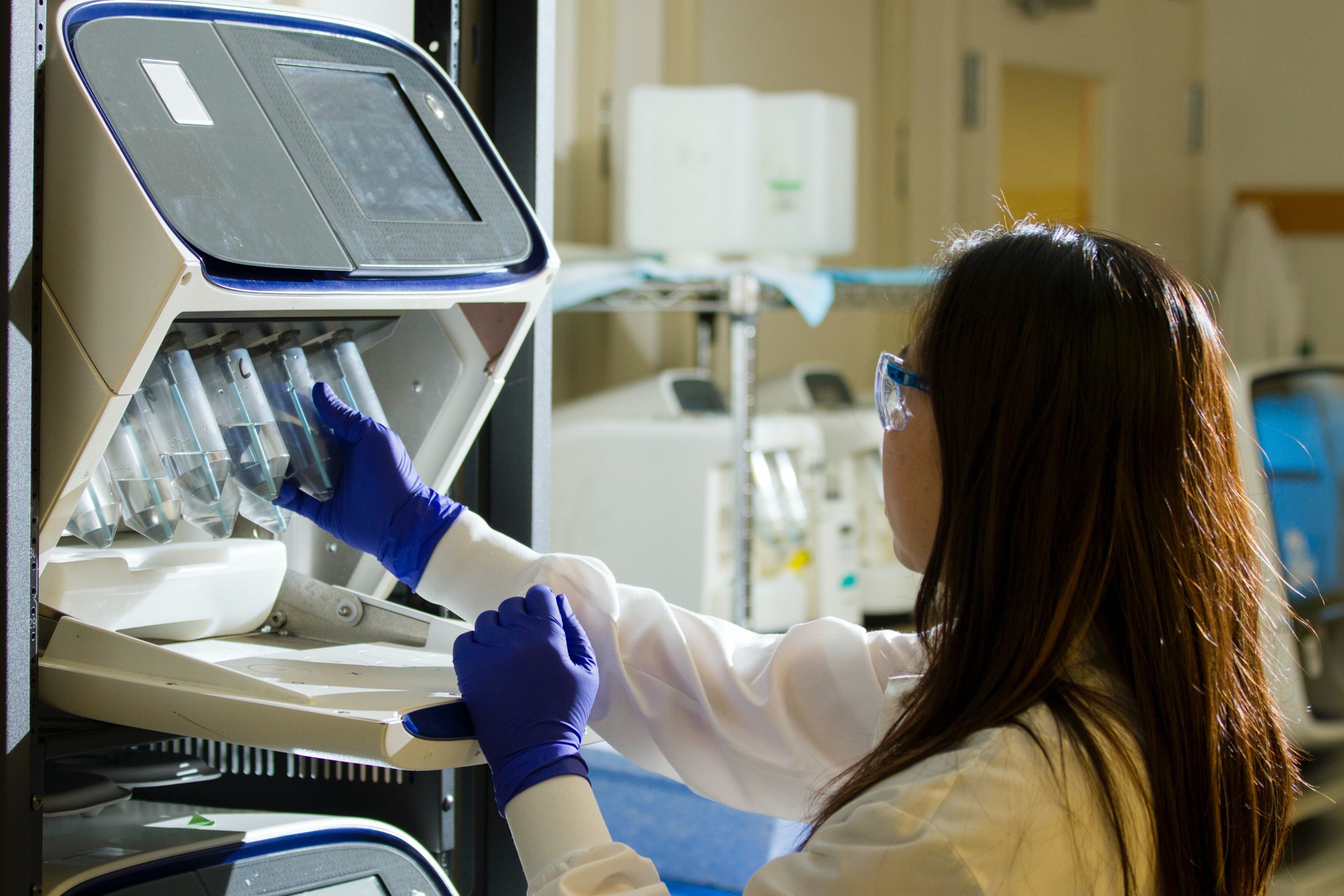How AI Enablement Helps Medical Device Manufacturers and Health Tech Firms

How might artificial intelligence (AI) enablement help medical device manufacturers and health tech firms create a competitive advantage?
By now, both medical device manufacturers and health tech firms are already infusing AI in their products, and they are accelerating product development to deliver better patient outcomes. But in doing so, they are encountering new challenges. One of them is this: they are struggling to improve AI models required to treat patients by leveraging connected health platforms integrating with the medical device ecosystem. We believe AI enablement can help solve this problem. AI enablement can improve the quality of software and medical device platform development, especially through data curation and collection.
AI Enablement: What It Is, and How It Can Help
AI enablement consists of all the ways a business prepares and processes data to ensure the high performance of AI. Medical device manufacturers and health tech firms spend significant amounts of money and invest considerable effort to identify the right data to validate a use case. AI enablement ensures that they extract more value from data, first by collection, and followed annotation, and labeling. For medical device and health tech firms, AI enablement means:
- Collecting, labeling, and curating vast amounts of unstructured data.
- Improving how they develop intelligent software that makes patient care more accurate, diverse, and inclusive in areas ranging from oncology to cardiology.
For example, let’s take a look at CT scans.
Device manufacturers support physicians with connected innovation platforms that provide detailed images of the body on digital health platforms – a vast improvement over the pre-digital era when providers needed to review physical X-ray results against light screens.
With AI-infused connected innovation systems, providers can get results in real-time and more accurately. That’s because AI makes it possible for a connected innovation system to process a wider and larger set of data and aggregate that data to report more accurate results. The AI models are trained and continue to learn from the diagnostic, lab, and EMR data, all data points that were historically assessed by Clinicians. The intelligence can then identify similar conditions, eliminate human error, and triage accurately. In addition, an AI-infused platform can read results from several CT scans over a period and alert a provider if a patient’s condition is improving, worsening, or remaining the same, ensuring consistent care delivery and outcomes.
AI can be incredibly valuable when providers need to treat urgent cases. As Howard Forman, professor of radiology and biomedical imaging at Yale University, recently said in a podcast:
At the moment, what we’re seeing is that one of the highest-value use cases is for AI to highlight which cases need to be read most urgently. So if a patient has had a large vessel occlusion or a patient has had a cervical spine fracture or a pulmonary embolus, having something bring that to the top of the list more quickly, saving even 15 minutes or 30 minutes in the time to diagnosis, might have a positive impact on the patient, particularly when it’s a reliable system. In addition to that, it’s very useful for quality control. Radiologists are human beings. They make mistakes; they make interpretive mistakes. An extra set of eyes has always been of benefit. It’s been proven for decades now that if a second set of radiologist(s) looks at an image that there’s a higher likelihood of picking up more findings and perhaps having an impact on patient care.
But for AI to deliver that kind of value, accurate, relevant, diverse, and inclusive data is required – which is where AI enablement comes into play. That data must be labeled with experts in the loop (both physicians and technicians with vast know-how of triaging and treatment procedures) to ensure a model’s accuracy ability to scale and provide an end product that delivers user value.
As standards for AI-infused platforms emerge for medical device companies, it is crucial that companies partner with extended data ecosystems such as electronic medical records, diagnostics, and clinical care.
How Centific Can Help
Centific helps medical device manufacturers and health tech firms do all the heavy lifting required to enable AI for innovation platforms. One Forma, our proprietary enterprise-grade platform, delivers all AI training data needs. Through OneForma, we:
- Apply our global data collection expertise (collection of training data and training itself) to improve the development of machine learning models.
- Gather, label, and curate text, images, video, speech, and other data assets.
- Enable you with the right data sets to facilitate accurate model building, thus improving judging accuracy
- Apply data annotation and curation expertise through a pool of healthcare data specialists. Throughout the data labeling and annotation process, machine-learning infused tools on our own platform make it possible for our resources to actively learn and improve. We improve the data annotation and labeling process cycle with machine learning infused tools and active learning in One Forma. This results in a clean data set that is foundational for creating accurate machine learning models which is a prerequisite for production AI.
- Work with client stakeholders to train models that ensure platform features deliver user value and provide a lovable experience.
Functional areas where our customers are investing in AI include:
- Image analytics/computer vision.
- Conversational AI/patient engagement platforms.
- Connected health/diagnostics/care delivery/adherence/clinician productivity/patient outcomes.
Our work in AI enablement is part of a broader practice that focuses on healthcare/health tech. Ultimately, we help our customers deliver better outcomes from their innovation and digital health initiatives, and support healthcare professionals and clinicians with actionable intelligence to make accurate and faster decisions. Contact us to learn how we can help you.
Photo by National Cancer Institute on Unsplash
